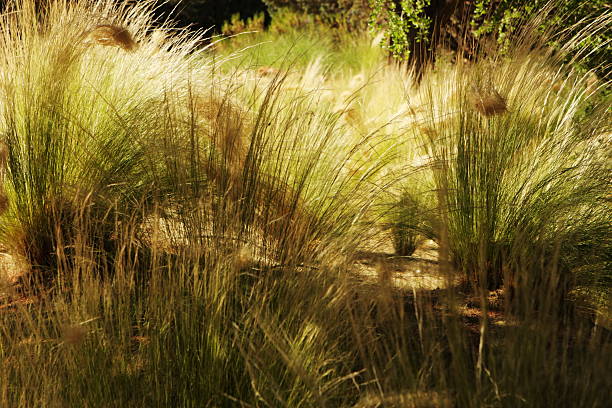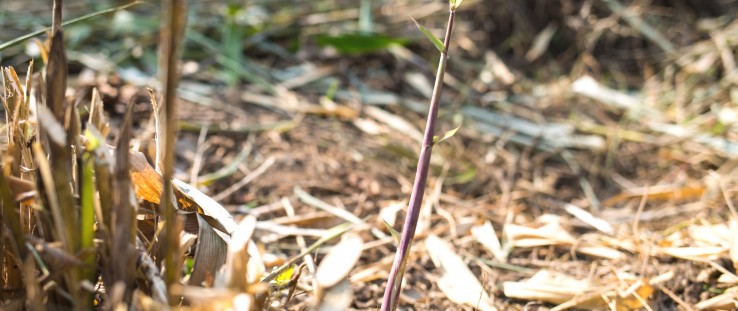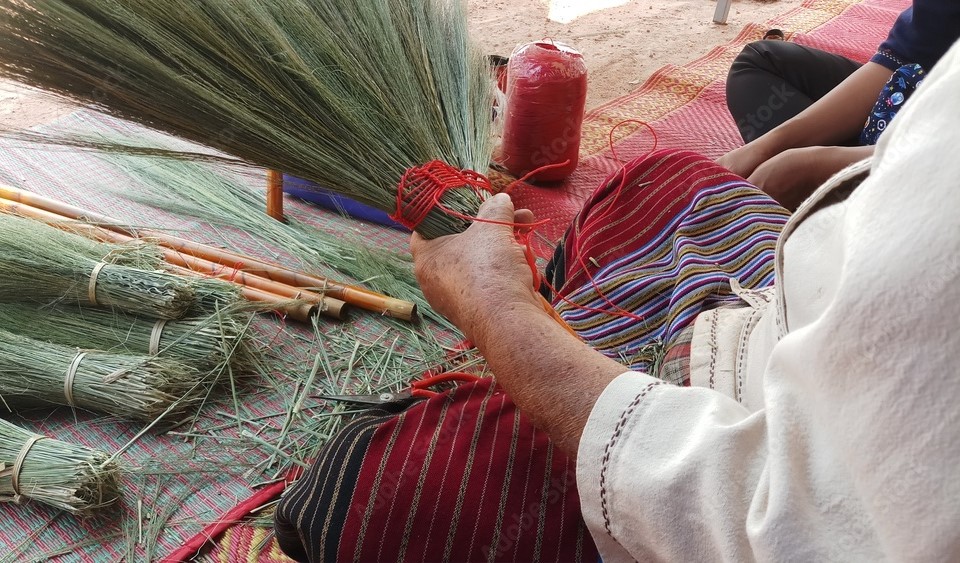Farmers have been reaping the benefits of soil for so many years, making it lose its fertility over time. But there are ways by which you can regenerate the soil by still making profits from it. One such way is growing broom grass which is used to make jhadus. It is a type of Non-Timber Forest Product (NTFP) that is a good source of income to a large number of farmers in the country. Over the years, with the intervention of Forest Departments of different states, various types of NTFPs have gained popularity and become a livelihood option for farmers, especially during their idle months.
The story of Mr. Birala Chakma who turned his group of tribals into entrepreneurs
In 2012, Mr. Birala Chakma, leader of a tribal group in North Tripura initiated the cultivation of broom grass on a 10,000sq. Ft. of abandoned land in a forest. The initiative was a huge success and Mr. Chakma was able to earn Rs.2,50,000 at the year-end. This initiative encouraged local tribes to engage in broom grass cultivation and it became a source of livelihood for a large number of tribals of Tripura.
Your guide to making profits from broom grass farming-
 Thysanolaena maxima
Thysanolaena maxima Broom grass is also known as tiger grass in English and jhadu ghaas in Hindi. Its scientific name is ‘Thysanolaena maxima’ and it belongs to the ‘Poaceae’ family. It is a good source of cash income for farmers for its ease of harvesting, simple manufacturing process, and low investment requirement. The leaves of the plant can be used as fodder and fuel. Its stem is also used as raw material in the paper manufacturing industry.
Can you grow broom grass in your field? Here are the agro-climatic conditions that are suitable for its cultivation-
You can grow broom grass in a wide range of agro-climatic conditions. It can be grown in sandy loam and clay loam soils. It grows naturally in hilly areas on steep, rocky slopes of North-East India and its commercial cultivation is done on plains as well. The grass grows well in moist climatic conditions but is well adapted to drought-prone regions also.
What is its cultivation process?
The cultivation of broom grass is quite easy and requires minimal financial input. The process starts during February- March. Broom grass can be regenerated artificially through seeds or rhizomes (roots along with the hollow stem).
Cultivation through rhizomes is considered a better and easier method of regeneration. In this process, the rhizomes are cut from the matured grass after harvesting and then planted into the prepared soil at a distance of 1 ft. apart.
For growing with seeds, first, the seedlings are prepared in a nursery of size 2m*1m with the input of 10 gms seeds in each nursery., and then after a period of 6 weeks, the prepared seedlings are transferred from nursery to the plantation. The planting of seedlings is usually done in the rainy season.
When can you harvest the crop?
The harvesting of the crop is done during the winter season from January – March. Broom grass is a perennial crop. The plantation is done for a period of 6 years and 5 crops can be harvested in this period. After completion of 6 years, the fields are burnt and are prepared for the next planting.
A gift to Mother Nature
Apart from being a cash crop for farmers, this perennial grass also benefits the ecosystem. The plants of broom grass have a strong rooting system that has a net-like structure. These roots help in holding the soil better and prevent erosion.
 Post-harvest broom grass holding the soil
Post-harvest broom grass holding the soil Broom grass cultivation also can improve the condition of the soil in degenerated lands, especially in areas where the ‘slash and burn’ method of cultivation, also known as ‘jhum cultivation, ‘ is followed. So, it can be your way of repaying the debt of Mother Nature.
The economics of jhadu
Jhadu making does not require any special setup of machinery as most of the work can be done manually. Nearly twenty crore phul jhadus are sold annually in India and on average three jhadus are purchased annually by each household. For the cultivation of grass, the inputs required are quite small. Seeds are easily available in the market at around Rs70 – 80 per kilogram. Apart from the cost of seeds, the total cost involves the cost of farm manure, weeding, preparation of soil, drying of grass, transportation of seedlings and planting, etc. For farmers who want to make the final saleable product (broom), there is an additional cost of plastic or metal wires, depending on the type of input they want to use.
Where can you sell it?
Brooms are used in almost every household and thus marketing is not a problem. Farmers can sell their jhadus in local or regional markets and even in international markets through trade fairs organized by Forest Departments of different states from time to time.

Farmers who restrict themselves to the role of cultivator can earn by selling the dried and bundled produce to wholesale dealers or in the Minor Forest Produce mandis by state governments at around Rs. 75/kg. The auction price of dried broom grass doubled in 2020 to around Rs.140/kg due to the lockdown situation in several states.
The final step of turning it into a profitable enterprise
A single jhadu can fetch you around Rs.60-80, if you do some value addition to the dried grass and make it into the final saleable product. Around 600 jhadus can be made using 300kgs (approx.) of dried broom grass. The bundles of grass are tied together manually using plastic or metal wires which cost around Rs. 5k for 600 jhadus. Thus this value addition to the grass can be easily converted into a profitable enterprise.
 A person tying dried broom grass using a thread
A person tying dried broom grass using a threadBroom grass cultivation is a win-win solution for both farmers and nature. The farmer gets to reap the benefits of his toil, and the abandoned/degraded soil gets replenished unlike in other crops where the soil loses its nutrients over time and has to feed with chemicals to get the desired yield.

We have intrest to but broom trass from us for making zadu,broom trass product,by our Women farmers in Maharashtra please guide and coverage us
Hi, you can find broom grass/ broom grass seeds on online shopping platforms like Amazon and Flipkart.
I am instread to cultivate the broom grass.
Hi, you can start broom grass cultivation by getting broom grass rhizomes from your nearest nursery or you can also buy broom grass seeds from Amazon or Flipkart.
Thanks!
Mujhe broom grass seed chahie
Hi Krishan. You can contact the Punjab Agricultural University’s seed production centers to check if they have seeds for broom grass here – http://www.pau-seed.in/
Thanks!
Very informative, I hope more farmers have the privilege to view your content, One query madam, how do farmers sell their broom directly to the manufacturer without the hassle of the middlemen.